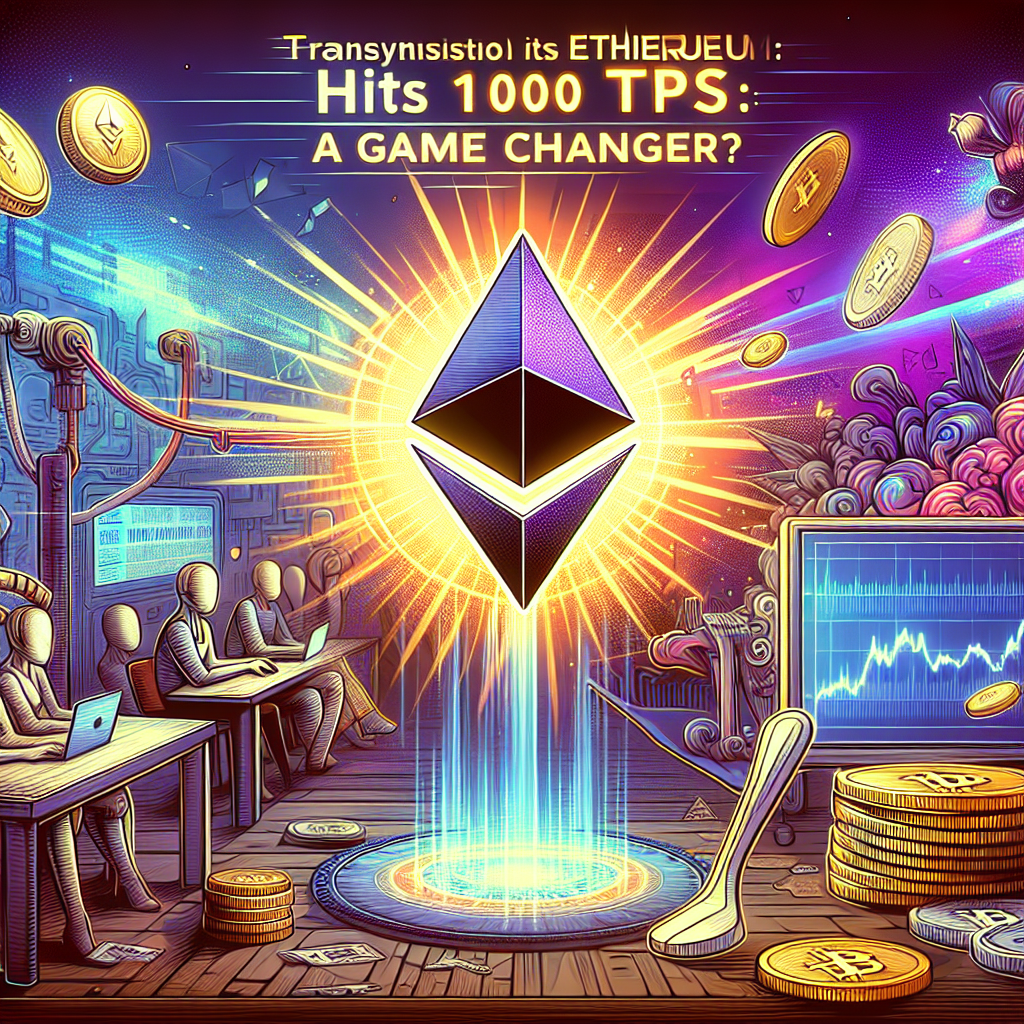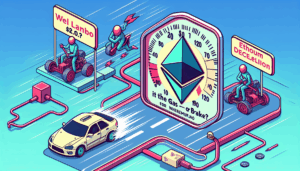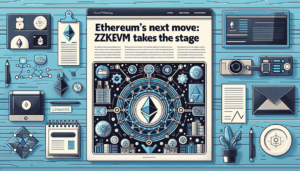The crypto seas are choppy these days, but $ARB is surfing the waves with style. Arbitrum has just rolled out a cross-chain bridge aimed at making DeFi transactions as smooth as a freshly churned butter on a hot pancake. This is loop-the-loop big, and yes, you’ll want to keep your eyes peeled as this unfolds.
Designed for seamless asset transfers between $ETH and a basket of L1 and L2 chains, this bridge is all about bridging, literally! If you’ve ever cursed gas fees or snarled at network congestion, Arbitrum’s bridge might be the ticket to less stress and more block gains. 🧑💻💰
Join over 100 million users who are already buying, trading, and growing their crypto on the world’s leading exchange.
Bridge Building in DeFi: Why It Matters
In the cryptosphere, where time is money (and sometimes more $BTC), efficiency is king. Typically, transferring assets across different blockchains feels like navigating a labyrinth while blindfolded. No more of that messy business! Arbitrum’s bridge simplifies the process with a few clicks, reducing the risk of getting your digital fingers burnt.
And for our readers who are wondering what a cross-chain bridge even is: think of it as an express train linking different cities (blockchains), allowing passengers (your crypto assets) to change tracks without switching vehicles. Less waiting equals more moon-chasing.
The Road Ahead for Arbitrum
With this move, Arbitrum isn’t just whispering ‘wen moon,’ but shouting it from the rooftops. By integrating efficiently with other networks, they’re laying the foundation for potentially explosive growth in the trans-DeFi ecosystem.
Yet, let’s not get lost in the green candles just yet. While cross-chain solutions like these shine like a newly minted NFT, the infrastructure needs to hold strong under pressure. Arbitrum’s future lies in how well this bridge performs during the next bull market surge. 🚀
So, hodl tight, my fellow degen, and let’s see how high this rocket flies. With Arbitrum paving the way, the leap towards true DeFi interoperability might be closer than you think.












